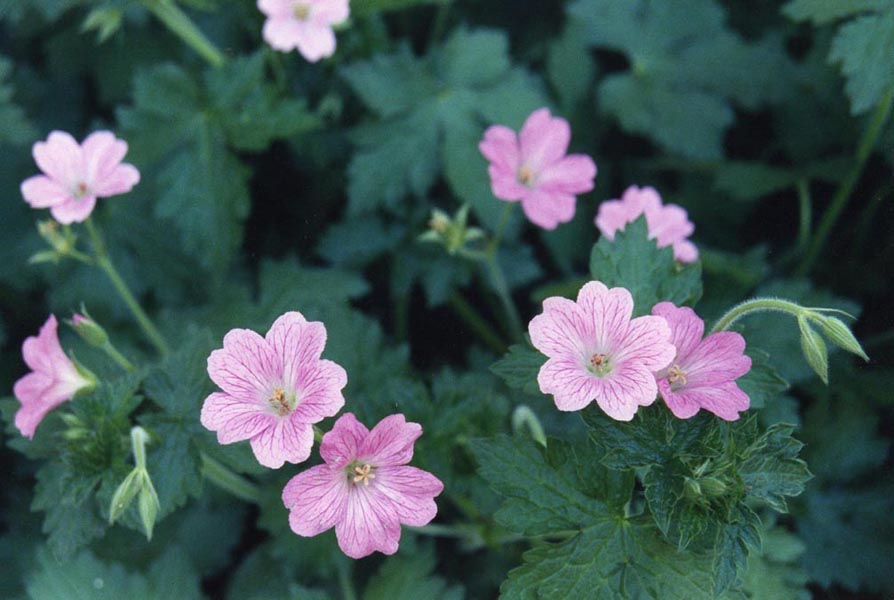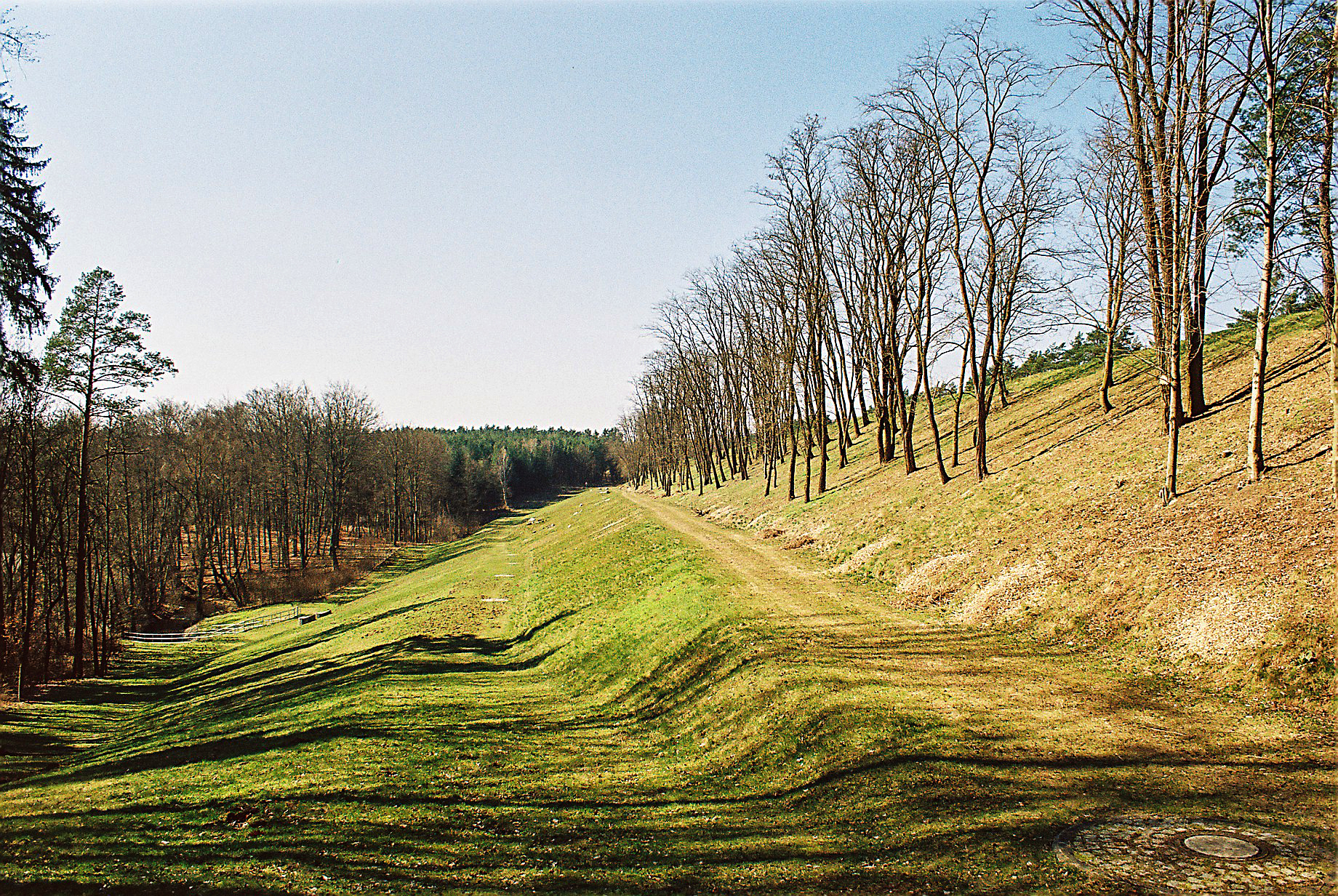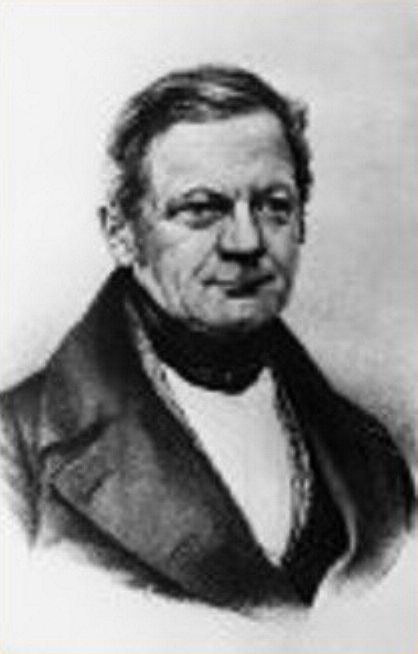|
Platostoma Hispidum
''Platostoma hispidum'' is a species of flowering plant in the mint family, Lamiaceae. It is found in Kashmir Kashmir () is the northernmost geographical region of the Indian subcontinent. Until the mid-19th century, the term "Kashmir" denoted only the Kashmir Valley between the Great Himalayas and the Pir Panjal Range. Today, the term encompas ... to Nepal, Bhutan, Western Ghats, Indo-China,and Malaysia. It is commonly known as hairy gomphrena. Synonyms Homotypic **''Acrocephalus hispidus'' Nicolson & Sivad., 1980. Heterotypic **''Acrocephalus blumei'' **''Acrocephalus capitatus'' **''Acrocephalus capitellatus'' **''Acrocephalus indicus'' , **''Acrocephalus indicus'' var. ''spicatus'' **''Acrocephalus scariosus'' **''Acrocephalus spicatus'' **''Lumnitzera capitata'' , **''Mentha cephalotes'' , **''Ocimum acrocephalum'' **''Ocimum capitatum'' **''Ocimum capitellatum'' **''Prunella indica'' References {{Taxonbar, from=Q15352069 Lamiaceae Pl ... [...More Info...] [...Related Items...] OR: [Wikipedia] [Google] [Baidu] |
Lamiaceae
The Lamiaceae ( ) or Labiatae are a family of flowering plants commonly known as the mint, deadnettle or sage family. Many of the plants are aromatic in all parts and include widely used culinary herbs like basil, mint, rosemary, sage, savory, marjoram, oregano, hyssop, thyme, lavender, and perilla, as well as other medicinal herbs such as catnip, salvia, bee balm, wild dagga, and oriental motherwort. Some species are shrubs, trees (such as teak), or, rarely, vines. Many members of the family are widely cultivated, not only for their aromatic qualities, but also their ease of cultivation, since they are readily propagated by stem cuttings. Besides those grown for their edible leaves, some are grown for decorative foliage. Others are grown for seed, such as ''Salvia hispanica'' (chia), or for their edible tubers, such as ''Plectranthus edulis'', ''Plectranthus esculentus'', '' Plectranthus rotundifolius'', and '' Stachys affinis'' (Chinese artichoke). Many are also grown orn ... [...More Info...] [...Related Items...] OR: [Wikipedia] [Google] [Baidu] |
Kashmir
Kashmir () is the northernmost geographical region of the Indian subcontinent. Until the mid-19th century, the term "Kashmir" denoted only the Kashmir Valley between the Great Himalayas and the Pir Panjal Range. Today, the term encompasses a larger area that includes the Indian-administered territories of Jammu and Kashmir and Ladakh, the Pakistani-administered territories of Azad Kashmir and Gilgit-Baltistan, and the Chinese-administered territories of Aksai Chin and the Trans-Karakoram Tract. Quote: "Kashmir, region of the northwestern Indian subcontinent. It is bounded by the Uygur Autonomous Region of Xinjiang to the northeast and the Tibet Autonomous Region to the east (both parts of China), by the Indian states of Himachal Pradesh and Punjab to the south, by Pakistan to the west, and by Afghanistan to the northwest. The northern and western portions are administered by Pakistan and comprise three areas: Azad Kashmir, Gilgit, and Baltistan, ... The southern and so ... [...More Info...] [...Related Items...] OR: [Wikipedia] [Google] [Baidu] |
Nepal
Nepal (; ne, नेपाल ), formerly the Federal Democratic Republic of Nepal ( ne, सङ्घीय लोकतान्त्रिक गणतन्त्र नेपाल ), is a landlocked country in South Asia. It is mainly situated in the Himalayas, but also includes parts of the Indo-Gangetic Plain, bordering the Tibet Autonomous Region of China to the north, and India in the south, east, and west, while it is narrowly separated from Bangladesh by the Siliguri Corridor, and from Bhutan by the Indian state of Sikkim. Nepal has a diverse geography, including fertile plains, subalpine forested hills, and eight of the world's ten tallest mountains, including Mount Everest, the highest point on Earth. Nepal is a multi-ethnic, multi-lingual, multi-religious and multi-cultural state, with Nepali as the official language. Kathmandu is the nation's capital and the largest city. The name "Nepal" is first recorded in texts from the Vedic period of the India ... [...More Info...] [...Related Items...] OR: [Wikipedia] [Google] [Baidu] |
Bhutan
Bhutan (; dz, འབྲུག་ཡུལ་, Druk Yul ), officially the Kingdom of Bhutan,), is a landlocked country in South Asia. It is situated in the Eastern Himalayas, between China in the north and India in the south. A mountainous country, Bhutan is known as "Druk Yul," or "Land of the Thunder Dragon". Nepal and Bangladesh are located near Bhutan but do not share a land border. The country has a population of over 727,145 and territory of and ranks 133rd in terms of land area and 160th in population. Bhutan is a Constitutional Democratic Monarchy with King as head of state and Prime Minister as head of government. Mahayana and Vajrayana Buddhism is the state religion and the Je Khenpo is the head of state religion. The subalpine Himalayan mountains in the north rise from the country's lush subtropical plains in the south. In the Bhutanese Himalayas, there are peaks higher than above sea level. Gangkhar Puensum is Bhutan's highest peak and is the highest uncl ... [...More Info...] [...Related Items...] OR: [Wikipedia] [Google] [Baidu] |
Malaysia
Malaysia ( ; ) is a country in Southeast Asia. The federation, federal constitutional monarchy consists of States and federal territories of Malaysia, thirteen states and three federal territories, separated by the South China Sea into two regions: Peninsular Malaysia and Borneo's East Malaysia. Peninsular Malaysia shares a land and maritime Malaysia–Thailand border, border with Thailand and Maritime boundary, maritime borders with Singapore, Vietnam, and Indonesia. East Malaysia shares land and maritime borders with Brunei and Indonesia, and a maritime border with the Philippines and Vietnam. Kuala Lumpur is the national capital, the country's largest city, and the seat of the Parliament of Malaysia, legislative branch of the Government of Malaysia, federal government. The nearby Planned community#Planned capitals, planned capital of Putrajaya is the administrative capital, which represents the seat of both the Government of Malaysia#Executive, executive branch (the Cabine ... [...More Info...] [...Related Items...] OR: [Wikipedia] [Google] [Baidu] |
Dan Henry Nicolson
Dan Henry Nicolson (1933–2016) was a botanist known particularly for his work on the Araceae, and for his contributions to botanical nomenclature. He is honoured by the International Association for Plant Taxonomy with the ''Dan Nicolson Fund'', set up to provide a research grant each year. He graduated from Grinnell College and published his first paper on the milkweeds of Iowa with his botany teacher in 1955. He went to Stanford University and received an MBA degree in 1957, working as assistant in the Dudley Herbarium. Dan worked with George Lawrence in the Bailey Hortorium of Cornell University and earned an MS degree in 1959 and a PhD degree in 1964. He worked as a research botanist in the Smithsonian Institution's National Museum of Natural History The National Museum of Natural History is a natural history museum administered by the Smithsonian Institution, located on the National Mall in Washington, D.C., United States. It has free admission and is open 364 days ... [...More Info...] [...Related Items...] OR: [Wikipedia] [Google] [Baidu] |
Albrecht Wilhelm Roth
Albrecht Wilhelm Roth (6 January 1757 – 16 October 1834) was a physician and botanist born in Dötlingen, Germany. He studied medicine at the Universities of Halle and Erlangen, where he received his doctorate in 1778. After graduation, he practiced medicine in Dötlingen, and shortly afterwards relocated to Bremen-Vegesack. Roth is remembered for his influential scientific publications, particularly in the field of botany. His botanical research and writings came to the attention of Johann Wolfgang von Goethe (1749–1832), who recommended Roth to a position at the botanical institute at the University of Jena. Two of his better written works were ''Tentamen florae germanica'' (a treatise on German flora), and ''Novae plantarum species praesertim Indiae orientalis'' (a book of Indian flora). The latter work is primarily based on botanical specimens collected by Moravian missionary Benjamin Heyne (1770–1819). The botanical genus '' Rothia'' from the family Family (fro ... [...More Info...] [...Related Items...] OR: [Wikipedia] [Google] [Baidu] |
George Claridge Druce
George Claridge Druce, MA, LLD, JP, FRS, FLS (23 May 1850 – 29 February 1932) was an English botanist and a Mayor of Oxford. Personal life and education G. Claridge Druce was born at Potterspury on Watling Street in Northamptonshire. He was the illegitimate son of Jane Druce, born 1815 in Buckinghamshire. He went to school in the village of Yardley Gobion. At 16, he was apprenticed to P. Jeyes & Co., a pharmaceutical firm in Northampton. In 1872, he passed exams to become a pharmacist. In 1909, Druce moved to 9 Crick Road. He named the house "Yardley Lodge", after the village in which he spent his youth. He died at his home aged 81 and was buried in Holywell Cemetery. Career as a pharmacist In June 1879, Druce moved to Oxford and set up his own chemist's shop, Druce & Co., at 118 High Street, which continued until his death. He also featured as a shopkeeper in the Oxford novel ''Zuleika Dobson'' by Max Beerbohm. A plaque to Druce was erected on this shop by the Ox ... [...More Info...] [...Related Items...] OR: [Wikipedia] [Google] [Baidu] |
Burm
A berm is a level space, shelf, or raised barrier (usually made of compacted soil) separating areas in a vertical way, especially partway up a long slope. It can serve as a terrace road, track, path, a fortification line, a border/separation barrier for navigation, good drainage, industry, or other purposes. Etymology The word is one of Middle Dutch and came into usage in English via French. Military use History In medieval military engineering, a berm (or berme) was a level space between a parapet or defensive wall and an adjacent steep-walled ditch A ditch is a small to moderate divot created to channel water. A ditch can be used for drainage, to drain water from low-lying areas, alongside roadways or fields, or to channel water from a more distant source for plant irrigation. Ditches ar ... or moat. It was intended to reduce soil pressure on the walls of the excavated part to prevent its collapse. It also meant that debris dislodged from fortifications would not ... [...More Info...] [...Related Items...] OR: [Wikipedia] [Google] [Baidu] |
Gustav Kunze
Gustav Kunze (4 October 1793, Leipzig – 30 April 1851, Leipzig) was a German professor of zoology, an entomologist and botanist with an interest mainly in ferns and orchids. Kunze joined the Wernerian Natural History Society in Edinburgh in 1817. He later became Zoology Professor at Leipzig University and in 1837 was appointed director of the Botanical Gardens in Leipzig. In 1851 he was elected a foreign member of the Royal Swedish Academy of Sciences. The plant genus ''Kunzea ''Kunzea'' is a genus of plants in the family Myrtaceae and is endemic to Australasia. They are shrubs, sometimes small trees and usually have small, crowded, rather aromatic leaves. The flowers are similar to those of plants in the genus '' Lep ...'' was named in his honour. Works * Beiträge zur Monographie der Rohrkäfer. ''Neue Schrift. Naturf. Ges. Halle'', 2 (4): 1-56. (1818). * Die Farrnkrauter in Kolorirten Abbildungen: Naturgetreu Erläutert und Beschrieben. 2 volumes (1847-1851). * Index ... [...More Info...] [...Related Items...] OR: [Wikipedia] [Google] [Baidu] |
Yi Li Keng
Yi-Li Keng ( ''Gěng Yi-Li''; 1897, Nanjing – 1975) was a Chinese botanist, specializing in the study of grasses (the family Poaceae), particularly the tribe Triticeae of the Poaceae. Yi-Li Keng graduated in 1927 with B.Sc. from Nanjing University (called at that time National Southeastern University). After graduation, he collected plants in Zhejiang Province with Hsen-Hsu Hu and Sung-Shu Chien. At George Washington University Keng graduated with A.M. in 1932 and Ph.D. in 1933. In 1934 he became a professor and researcher at Nanjing University (called at that time Central National University) and at the Institute of Zoology and Botany, Academia Sinica. (See p. 249.) He retained his professorship for the remainder of his career, including the war years when Nanjing University's academic staff evacuated Nanjing. In order to collect seeds of pasture grasses, he joined, during July and August 1935, the Roerich Expedition to Inner Mongolia. During the expedition, seeds were co ... [...More Info...] [...Related Items...] OR: [Wikipedia] [Google] [Baidu] |





